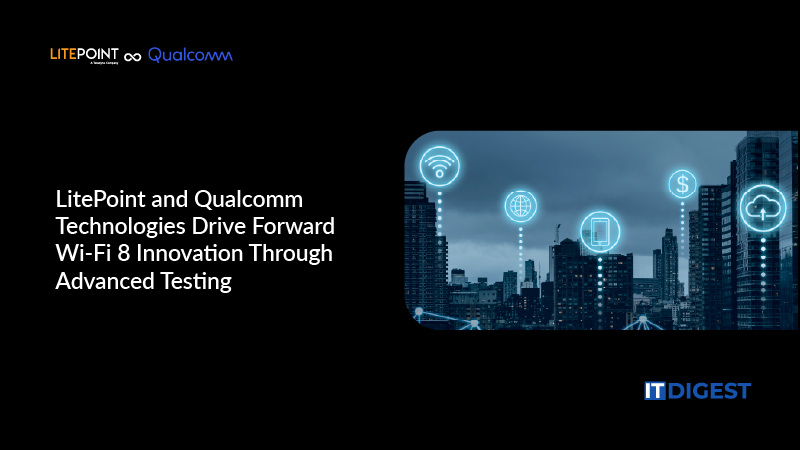Trinity Life Sciences, a leader in global life sciences commercialization solutions, introduces the first method that incorporates Healthcare Professionals (HCP)-specific real-world behaviors to improve share calibration for forecasting. The method, called “tethering,” uses real-world prescribing behaviors to calibrate share estimates from primary market research (PMR) by connecting them to the current market scenario. This real-world calibration at the HCP level significantly improves share estimation without compromising survey data integrity.
Market researchers commonly use two approaches to bring share estimates from PMR closer to reality:
- Over/understatement adjustment using rating scales—leverages likelihood to prescribe and/or brand ratings to align attitudes with behaviors (share allocation or treatment decision making) captured in demand study surveys
- Aggregate-level calibration using real-world data (RWD)—involves calculating a factor that quantifies the proportional difference between market share from RWD and current market share estimates in PMR; this factor is applied to the future market estimate
While these approaches are the industry standard, they overlook HCP-level differences in real-world prescribing behaviors. For example, one group of HCPs whose share estimates differed using the Tethered approach was those with bullish personality traits. They were more likely to be high prescribers (i.e., those who prescribe the product of interest in a proportion of patients more than the sample median) and tended to be more optimistic about future market/pipeline brands based on their responses on attitudinal rating questions.
Trinity’s new approach incorporates these prescriber-level differences by using HCP-level RWD (vs. aggregate-level), resulting in improved share estimates. This principle of learning from historical behaviors to predict future behaviors is also the foundation of most machine learning- or artificial intelligence-based prediction algorithms used.
Also Read: Emerald Cloud Lab Establishes AI Scientific Advisory Board
In response to the findings, Clive Mendonca, Managing Director and Head of Quantitative Insights at Trinity Life Sciences commented: “Significant improvements in the prediction of future market share estimates, nearly 20 times in certain case examples, show the power of integrating Real-World Data with primary market research. The impact of such an improvement could change the strategy and tactics of a brand’s commercialization plan.”
Three benefits of this approach are discussed in a new white paper, entitled Tethering to Reality: Integrating HCP-Level Real-World Data into Brand Share Estimation. The Tethered approach:
- Captures key behavioral differences at the HCP level that are often missed or overlooked with aggregate calibration
- Improves prediction of future prescribing behavior
- Offers an objective alternative to rating-based share adjustment
Share estimates from demand studies in PMR are a critical input for any forecast—their accuracy is necessary for successful brand planning. Using HCP-level real-world calibration can effectively generate more robust forecast models for brand commercialization.
SOURCE: Businesswire
































